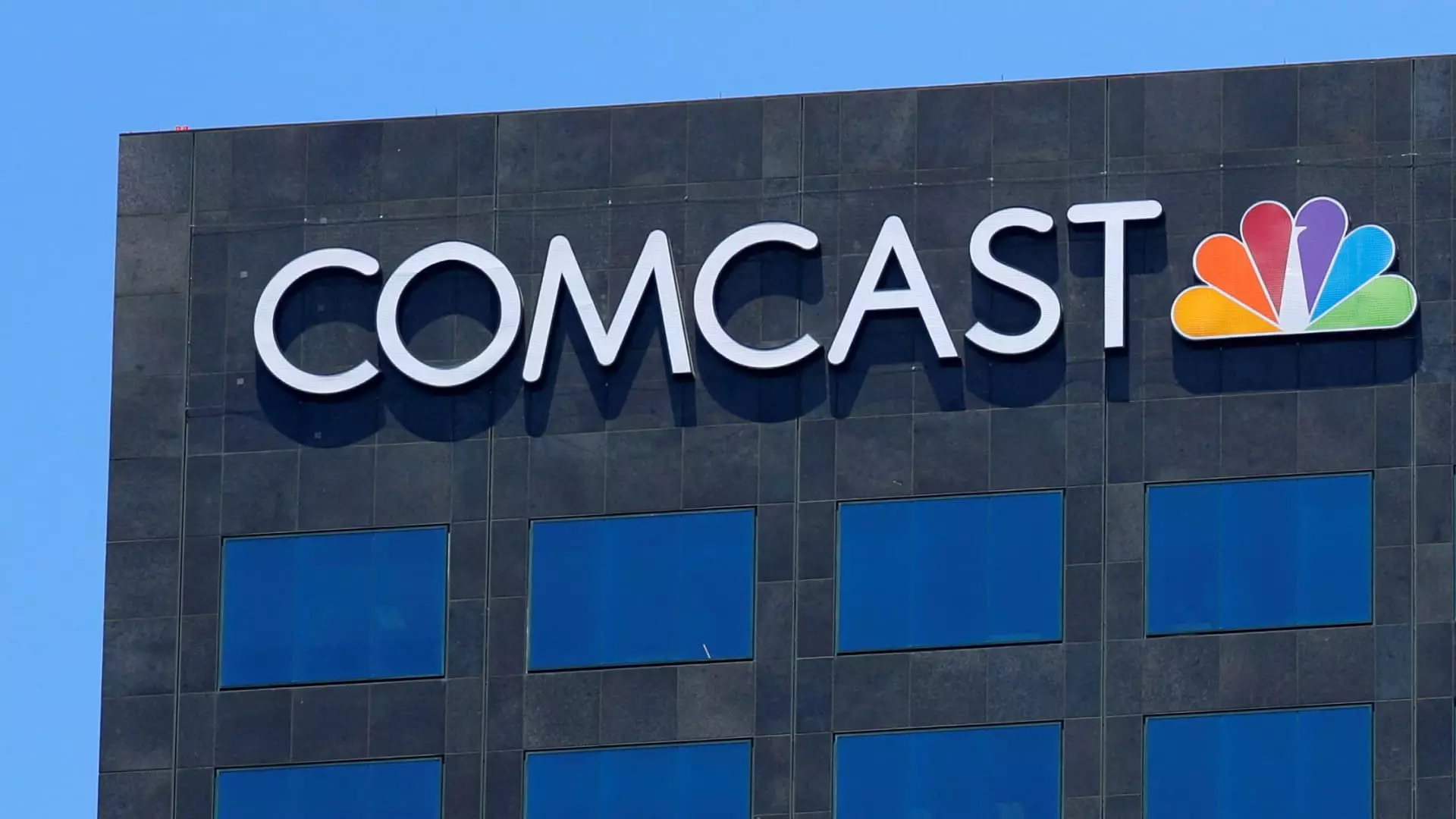As the media landscape shifts dramatically toward digital platforms, Comcast is making a significant strategic decision to spin off its cable network channels. This move, which has been confirmed by sources close to the company, reflects a proactive stance in adapting to the changing marketplace, especially as consumer preferences continue to migrate toward streaming services.
The decision to separate the cable networks from the parent company comes in the wake of an ongoing wave of cord-cutting, where millions of consumers are abandoning traditional pay-TV subscriptions for more flexible and cost-effective streaming options. This trend poses a challenge for traditional media companies, prompting them to reevaluate their business structures. Comcast’s initiative not only aims to streamline operations but also positions the new entity for potential mergers or sales, thus offering greater operational flexibility. The anticipated spinoff is expected to take about a year, during which Comcast will likely solidify the future direction of its cable networks.
Leading the newly formed entity will be Mark Lazarus, currently the chairman of NBCUniversal’s media group. His experience in managing diverse media operations places him in a strong position to guide the company through the transition. Additionally, Anand Kini will step in as the CFO and operating chief, ensuring financial stability and operational efficiency. While Comcast’s current CEO, Brian Roberts, will retain a voting interest in the new company, he won’t hold a directorial or executive role, which indicates a desire for a degree of independence for the spinoff.
Within NBCUniversal, key leadership roles will also see changes: Donna Langley will take over as the chairman of NBCUniversal Entertainment and Studios, while Matt Strauss is set to oversee NBCUniversal Media Group. This restructuring emphasizes Comcast’s commitment to nurturing its core broadcast and streaming platforms while ensuring that the new entity remains robust and competitive in the cable market.
From a financial perspective, the spinoff is designed to be tax-free, which provides an attractive financial incentive for shareholders. The new entity’s share structure is expected to be similar to Comcast’s, allowing for a seamless transition for investors. The spinoff happens at a time when Comcast’s media segment reported substantial revenue growth, lifting revenues by nearly 37% to $8.23 billion in the third quarter. This growth was attributed significantly to the broadcasting of the Olympics, highlighting that traditional TV networks remain valuable assets despite the rise of digital streaming platforms.
The networks involved in this spinoff, including E!, Syfy, Golf Channel, USA, and Oxygen, represent a strong portfolio. However, Bravo will remain under Comcast’s umbrella due to its deep integration with Peacock, showcasing how content delivery can further dictate business decisions in the current media landscape. As Comcast doubles down on its streaming service, Peacock, it positions itself to cater to both traditional viewers and the new generation of streamers.
Analysts point out that the future for cable networks remains fraught with uncertainty, as the industry grapples with how to innovate and adapt amidst this seismic shift. While traditional TV networks continue to generate cash flow, the long-term success of these operations will depend on how effectively they can integrate with digital platforms and what new content strategies are deployed.
Ultimately, Comcast’s upcoming spinoff of its cable networks signifies not only an adaptation to the changing consumer landscape but also a broader trend within the media industry. As companies navigate the complexities of digital transformation, such strategic decisions will play a crucial role in their ability to sustain relevance and profitability. The next year will be pivotal in determining how the spinoff unfolds and whether it truly allows both the new entity and Comcast to thrive in an increasingly competitive environment.

